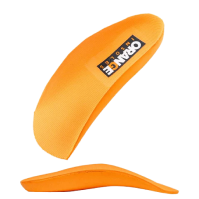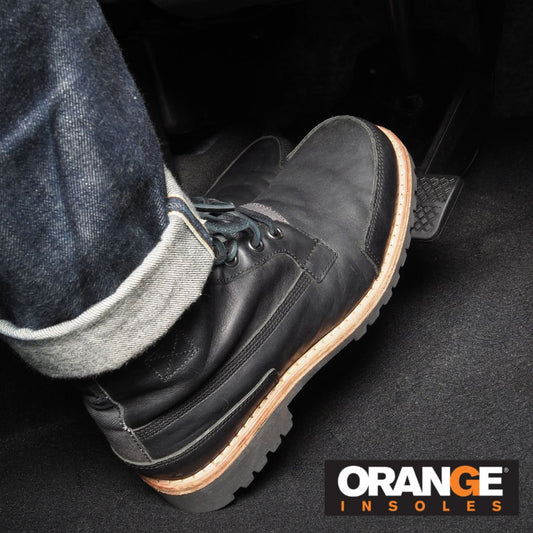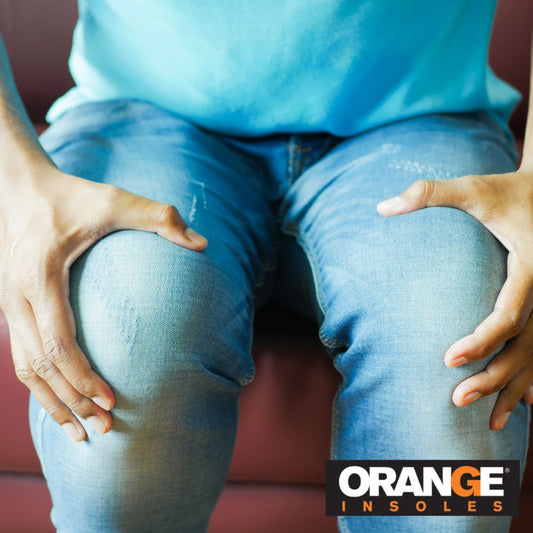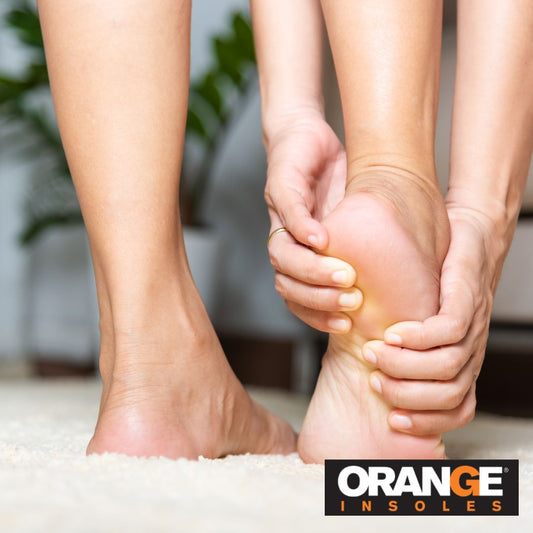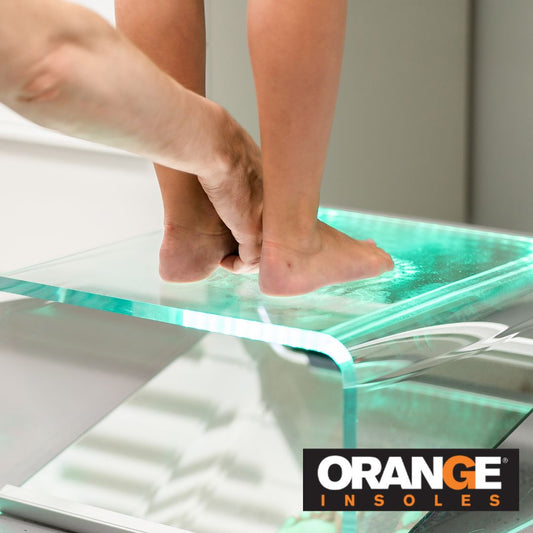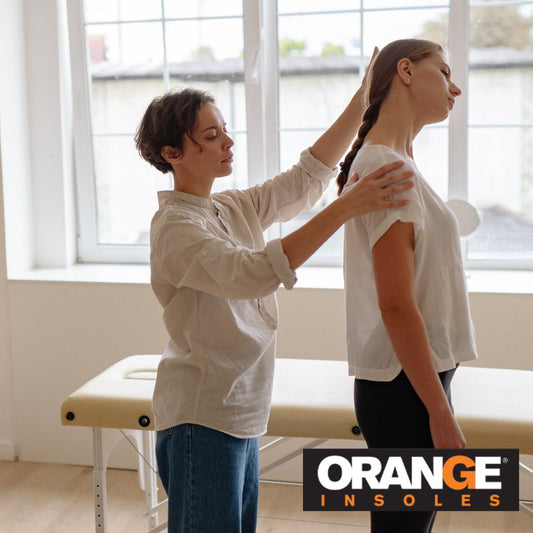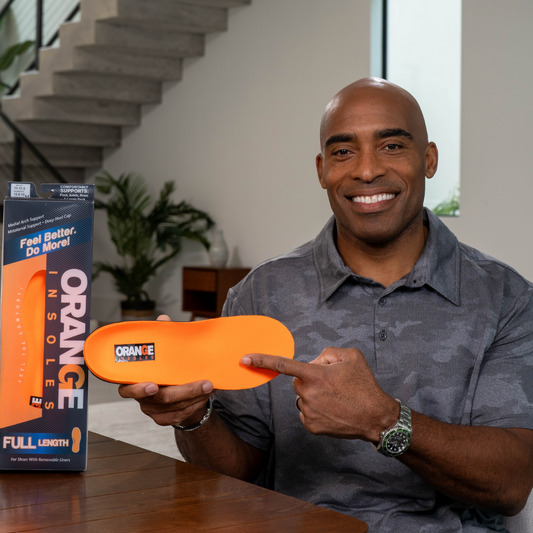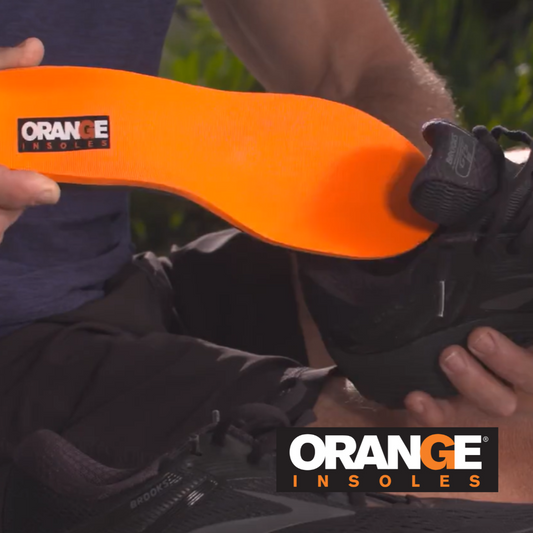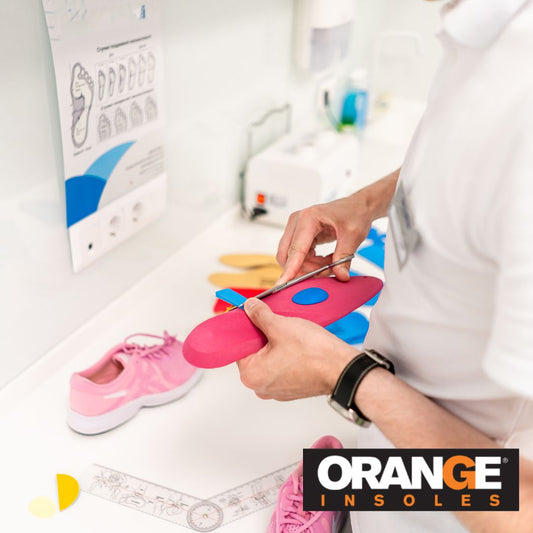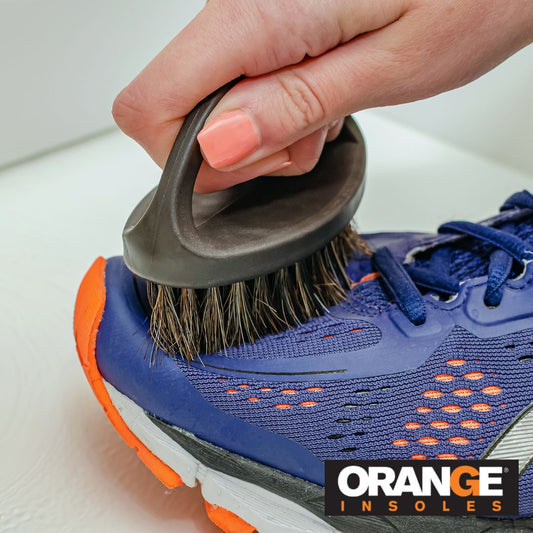Not long ago, we introduced you to the wonderful world of fascia, one of the most under-appreciated systems in the body. Today, we’re going to help you learn how to stretch and release fascia.
As a reminder, fascia is a band of connective tissue beneath the skin that attaches, stabilizes, encloses, and separates muscles and other internal organs. It runs through our entire body as one continuous structure meaning that if something is out of whack one spot it could impact the whole thing.
When fascia isn’t flexing like it should it can cause a lot of problems, and a lot of pain. From headaches to reduced stability, it’s important to keep your fascia in the best shape possible. Often pain is associated with aging or we think a low range of motion means we aren’t flexible. What these things often mean is our fascia isn’t being taken care of.
So, here are 5 ways you can release your fascia and start to feel better.
Start With the Feet
Did you know there are so many parts of our body connected to our feet? Plantar Fasciitis, adhesions in the foot, can pull on the fascia through your whole body and end up causing hip issues or tightness. So, start your day by loosening the fascia in your feet.
Grab an exercise ball (or even a tennis ball) place it on the floor and put your foot on it. Start at the ball and work your way to the midsole, rubbing the ball and applying pressure using your bodyweight. Work it up and down your foot.
Your feet are super important when it comes to how the rest of your body feels so take care of them. Make sure you’re wearing the right shoes, getting the right support, and paying attention to any pain.
The Back of Your Shoulders and Neck:
- Place your palms together and bring them above your head, your arms forming a right angle, your elbows wide.
- First, push your palms together
- Then, pull your elbows together.

Do Some Yoga For Fascia
Yes, it does seem like yoga like can help whatever ails you (it can even help your posture!) and it can help release fascia to give you quick relief.
Studies show, “myofascial release influences your nervous system, which largely governs the baseline tone (tautness) of muscles.”
Use this yoga sequence to target one side of your body at a time, this helps identify any range of motion that changes from pose to pose.
Fascia Stretches At Your Desk
Hunching at our desks all day is not good for our bodies and the tightness we experience in our neck and shoulders is often caused by fascia.
- Stretch your triceps right at your desk with this move.
- Raise your arm, and then bend it behind your back, reach for the opposite side.
- With your other hand, pull the elbow toward your head.
- Hold for 10 to 30 seconds and then switch to the other side.

Stretch Your Fascia Daily
All of our sitting and hunching and laying and lounging that we do causes our fascia to tighten and can really do a number on our muscles. Stretching for just 5 minutes a day and targeting the right areas can help us increase range of motion and flexibility and help us prevent injury caused by muscle tightness.
These stretches target your lower body, hip flexors, shoulders, low back, spine, adductors, and more for a truly whole body stretch.
Bonus Tip: Foam Rolling For Fascia
Using a foam roller to roll out your tight spots is a great way to pinpoint exactly which areas need the most attention. Once you start rolling, you’ll know which spots are super tight.
When you hit a trigger spot, work on that spot for 30 to 60 seconds to experience relief. Rolling can help restore your fascia to optimum health.
Moral of the story? Don’t forget your fascia. If you’re experiencing pain on a daily basis, try these tips and see if you experience relief. And since it all starts in the feet, make sure your shoes get a little help from an insole to keep you supported and comfortable.


